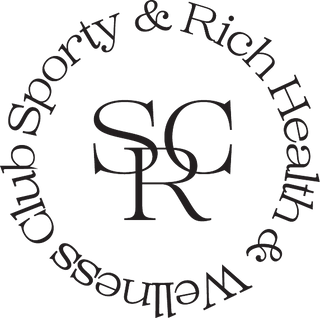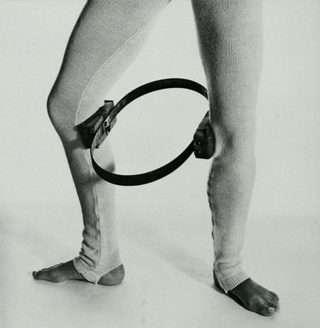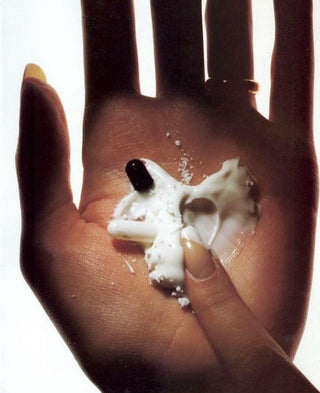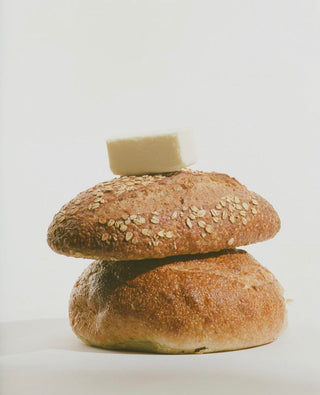
By: @ericabassotherapy
Do you tend to get into a funk during the winter months? Seasonal Affective Disorder (SAD) is a type of depression that occurs as the season changes and the daylight hours grow shorter. Those who experience it will describe mood and energy changes similar to depression, but that only occur in the fall and winter months and that tend to improve in the spring. While there’s many similarities between major depressive depression and SAD, it’s important to distinguish the two as it can often be misdiagnosed. An estimated 10 to 20% of recurrent depression cases follow a seasonal pattern. Those most at risk are female, are younger, live far from the equator, and have family histories of depression, bipolar disorder, or SAD.
So, what causes SAD?
As seasons change, people experience a shift in their biological internal clock (i.e. circadian rhythm) that can cause them to be out of step with their daily schedule. Prolonged exposure to darkness and cold temperatures disrupt our neuroendocrine systems, particularly the hormones that regulate moods.
SAD symptoms can vary from mild to severe and can include many symptoms similar to major depression, including:
- Feeling sad or having a depressed mood
- Loss of interest or pleasure in activities once enjoyable
- Changes in appetite, usually eating more and craving carbohydrates
- Change in sleep, usually sleeping too much
- Loss of energy or increased fatigue despite increased sleep hours
- Increase in purposeless physical activity (e.g. inability to sit still, pacing, or handwringing) or slowed movements or speech (these actions must be severe enough to be observable to others)
- Feeling worthless or guilty
- Difficulty thinking, concentrating, or making decisions
- Thoughts of death or suicide
If you’re resonating with this list, there’s two first-line treatment options that have been studied: light therapy and cognitive behavioral therapy (CBT). Both have shown to be equally effective in treating SAD.
First, light therapy involves a light therapy box that delivers a therapeutic dose of light to treat symptoms of SAD. Light therapy devices of 10,000 lux have been tested in clinical trials and work to mimic outdoor light. The idea is to use it upon waking to simulate a summer dawn and jump-start your circadian clock. It’s best to talk with your health care provider before beginning light therapy as it can be contraindicated if you are someone who experiences bipolar disorder. Increasing exposure too fast or using it for too long may induce manic symptoms in these individuals.
A cognitive behavioral protocol specifically adapted for SAD focuses on the various lifestyle changes one can implement to help cope with this time of year when their symptoms tend to exacerbate. Individuals who are interested in cognitive behavioral therapy for SAD can find providers who use CBT-SAD on the Association of Behavioral and Cognitive Therapies.
Aside from these two options, the following list includes practical tools you can begin implementing into your routine today.
- Exposure to sunlight first thing in the morning - ideally step outside
- Let in as much natural sunlight as possible. Try working by a window
- Move your body in a way that feels good for you everyday
- Meditation has been proven to be effective (plus it's free!)
- Emotional check-ins with yourself throughout the day
- Light therapy using 10,000 lux box
- Schedule in routine social plans
- Ask your doctor about supplementing with Vitamin-D
- Infrared sauna
- Wear blue light blocking glasses after sunset
- Minimize screens
- Create and stick to a routine to balance your internal clock
References:
https://www.ncbi.nlm.nih.gov/pmc/articles/PMC3004726/#B3
https://www.ncbi.nlm.nih.gov/pmc/articles/PMC4673349/
https://pubmed.ncbi.nlm.nih.gov/25859764/
https://pubmed.ncbi.nlm.nih.gov/17151164/
Magnusson A. An overview of epidemiological studies on seasonal affective disorder. Acta Psychiatr Scand. 2000;101:176–84.
Erica Basso is a Licensed Marriage & Family Therapist practicing statewide in California. She helps guide women in overcoming anxiety, perfectionism, and imposter syndrome. To learn more about working with her, visit www.ericabassotherapy.com.
